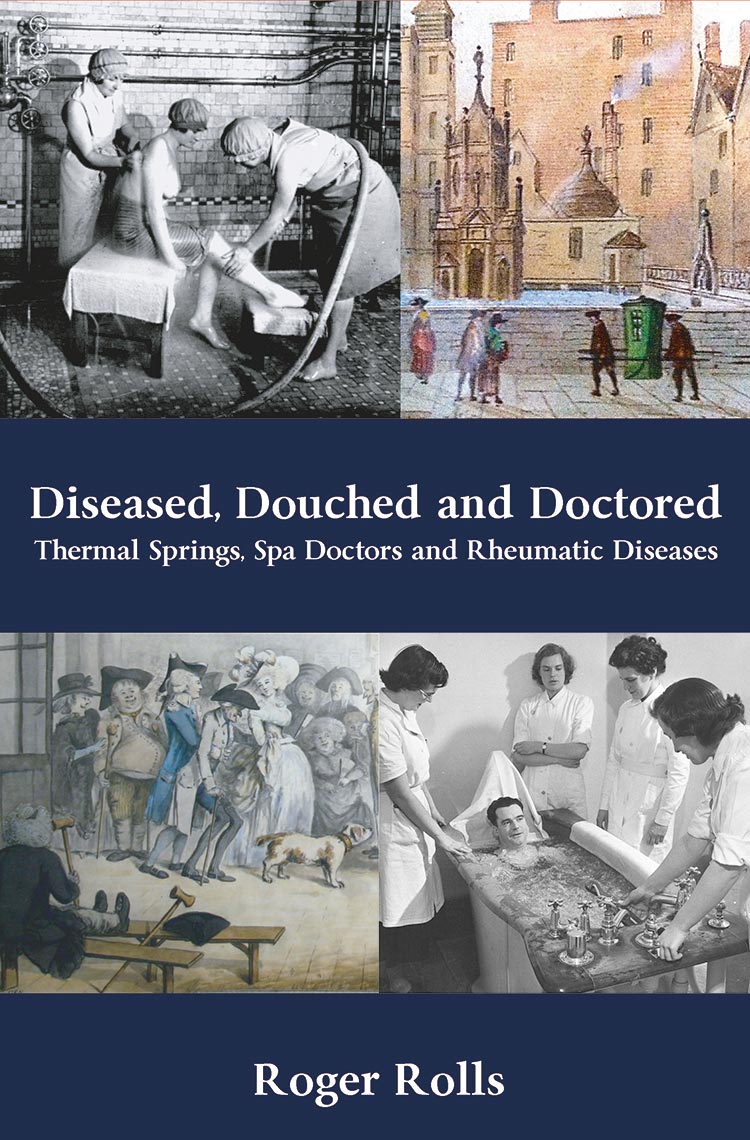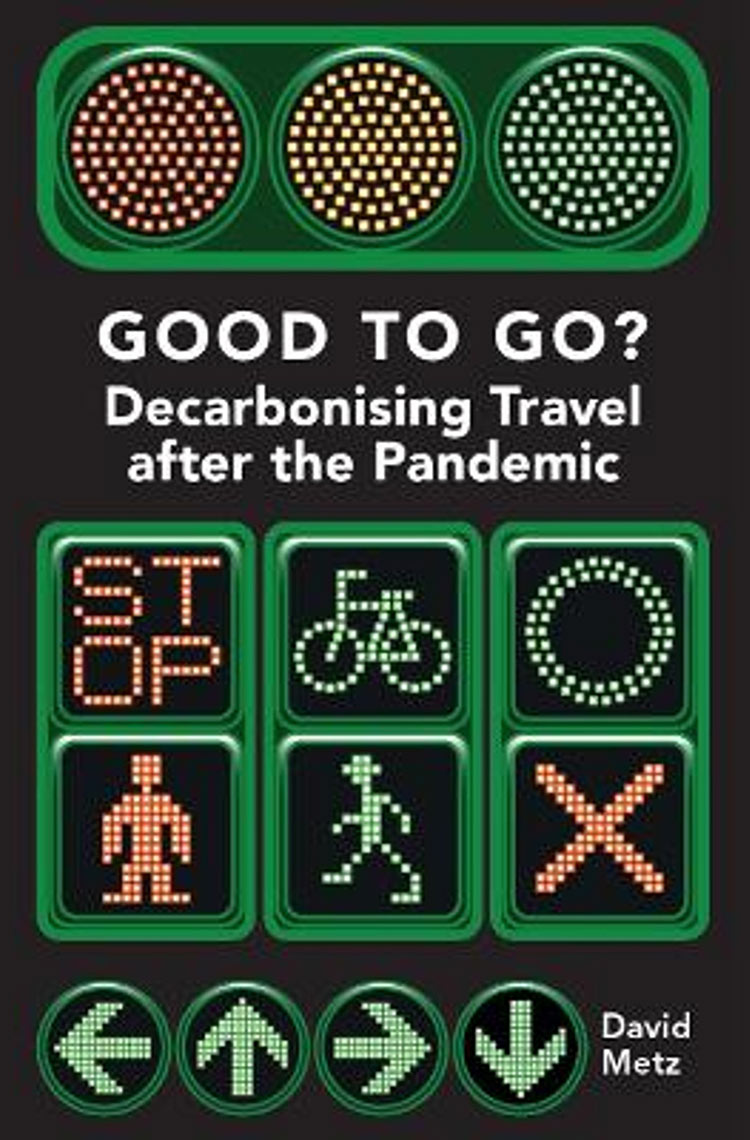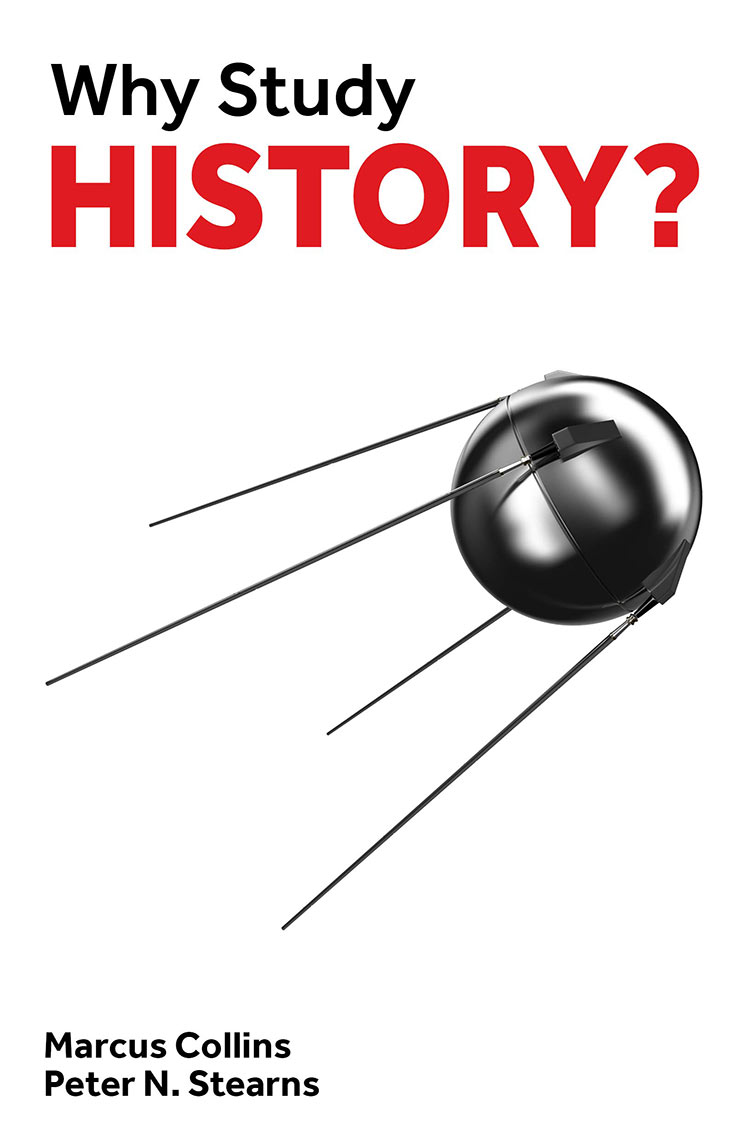For centuries, many people have been convinced of the healing nature of hot mineral springs. The Romans constructed elaborate bathing facilities throughout their empire to utilise these waters. Immersion was reputed to cure a large variety of illnesses, including such diverse conditions as paralysis, forgetfulness, sciatica and leprosy. The profusion of infirm and disabled visitors seeking relief in the waters attracted an assortment of practitioners, and spas became thriving medical marketplaces.
By focusing on Britain’s premier spa at Bath, this book examines how and why ‘taking the waters’ was regarded as an efficacious therapy by both patients and practitioners, and how and why Bath’s Mineral Water Hospital, one of the earliest voluntary hospitals to be established in the UK, ultimately became a world-renowned centre for the study and treatment of rheumatic diseases.
In recent decades, the medical profession has largely forsaken its interest in spas. So is there any scientific evidence that drinking or bathing in hot mineral waters has a therapeutic effect, or is it just a glorified placebo?
Read this book and discover the answer, and a great deal more.
Reviews
From the journal Medical History: read the full review here
It’s easy to lampoon the spas and their claims that drinking the waters or following the bathing ritual improved health. They were frequently the butt of literary and visual satire in the eighteenth and early nineteenth century when many were at their height. Doctor, patient and novelist Tobias Smollett (1721-1771) has a field day in the Expedition of Humphrey Clinker (1771), which author Roger Rolls quotes to good effect in Diseased, Douched and Doctored. This nicely produced book is a reworking and updating of his earlier and out-of-print The Hospital of the Nation (1988).
Like its predecessor Diseased, Douched and Doctored is particularly concerned with the greatest of the English spas, Bath and the hospital opened in 1742 to provide residential care for the worthy poor prescribed a water cure. Rolls covers the earlier history of the Bath waters, but concentrates on the period from the eighteenth century onwards and the hospital set up to make use of the thermal spring. He also explores the other treatments on offer. Since those living in Bath could take the waters while living at home they were excluded from admission. The hospital thus had a wide remit from its inception and this throws up some interesting problems. Funds had to be found to get the patient to Bath (usually paid for by the home parish) and provide the ‘caution money’ demanded by the hospital to ensure the patient could afford to get home after discharge. Neither vagrancy nor unexpected costs to the ratepayers would be popular with the hospital’s potential supporters.
Rolls makes no extravagant claims for the efficacy of the Bath waters, but takes a gentle non-judgmental look at the kinds of conditions thought to be benefit by using the excellent records of the Bath General Hospital and its subsequent incarnations. It is currently the Royal National Hospital for Rheumatic Diseases NHS Foundation Trust and specializes in rehabilitation medicine. The reworking of the rationale for hydrotherapy with an increasing emphasis on water-based physical therapy is an interesting story, concisely told.
Historically the waters do seem to have come into their own, in the treatment of those suffering from chronic lead poisoning or the ‘lead palsy’. This is backed up with some relatively recent research on the effects of immersion in and drinking of the calcium and iron-rich waters. Aware of the pernicious effects of lead and its frequent use in many trades in the eighteenth century, various of the Bath physicians were perhaps right to champion a therapeutic stay in the Bath General Hospital they had helped to establish. As Rolls points out, it was their business to publish good cure rates in the local press as an inducement to would-be subscribers.
He takes nothing away from the placebo effect or the healing power of nature but reminds that for many who worked long hours in poor conditions the hospital presented a rest of sorts and regular food. He is probably right the ‘meat, broth, bread, rice and cheese’ must have become very tedious over a stay of several months. Greens and other vegetables were apparently off the menu until 1844 when the Matron tried adding them to the broth ‘by way of experiment’. We don’t learn of the success of this trial by ordeal, but the addition of a refrigerator in 1889 may have improved what was on offer. There is also the familiar complaint of the food being too cold after its journey up to the wards. These and other nice details help paint a picture of what it might be like to reside there.
Concerned about the behaviour of patients and the debilitating effects of uncontrolled drinking, patients were issued with brass identity tags, which they were required to wear when outside the hospital. Any publicans foolish enough to break the rules and sell booze to the readily identifiable patients were liable to lose their license. Along with the fashionable patients who came for the season and gaming tables these poorer contemporaries were also part of the identity of the city. Their story is less frequently told than that of the grandees.
All classes feature in the book’s excellent illustrations, including some from the author’s own collection. Rolls makes wonderful use of William Hoare’s painting of Dr Oliver and Mr Perice Examining Patients afflicted with Paralysis, Rheumatism and Leprosy (1761) using it as the basis to discuss these illnesses and the contributions of the examining physician and surgeon. It is an earnest canvas that reminds of the hopefulness of patients seeking treatment and the ability of the admitting medics to turn away those they did not think suitable. He also casts his professional eye over some of the more satirical images, which despite their caricatural excesses provide well-observed records of suffering.
Helen Bynum, Shadingfield
From the journal Bulletin of the History of Medicine: read the full review here
Scholars interested in the medical history of Bath Spa will learn much from Roger Rolls’s book Diseased, Douched and Doctored: Thermal Springs, Spa Doctors and Rheumatic Diseases. Rolls, a medical doctor as well as an author and amateur historian, provides a detailed examination of the medical uses of the thermal waters that have made Bath, a small city located in the west of England, a famous health resort.
The book’s strengths lie in its exemplary primary sources, and most notably its extensive use of rare seventeenth-, eighteenth-, nineteenth-, twentieth-, and even twenty-first-century images. There are nearly one hundred figures in the book, painstakingly culled from archives, hospitals, and libraries across Britain.
Amanda E. Herbert
From the Malvern Waters website
This is a thought-provoking book that solicits the question: is this the record of the demise of a branch of medicine that was once held in great esteem?
The essence of a good book is that it produces new observations and findings rather than just regurgitates the writings of others. Achieving this entails original research using archive documents, field work, archaeology, etc. Roger Rolls’ new book achieves this and thus extends the scope of our understanding of the application of thermal waters for health, particularly at Britain’s unique thermal spa Bath. The book is fully referenced and indexed and contains 245 printed pages with soft covers. The size is 16.4 cms. x 24.5 cms. It is profusely illustrated, with many pictures in full colour.
Dr. Roger Rolls, as a medical historian, was particularly active during the 1990s with the British Spas Federation, promoting well-being through the application of spa waters. This era was decisive for the spa industry, laying the foundation for the 21st century spa revival in the UK. Today we can see how the industry has evolved and Roger Rolls leaves the reader thinking that an opportunity has been missed.
Diseased, Douched and Doctored traces the utilisation of thermal spring waters for healing since the Romans, concentrating on the 17th to 19th century period when spas as a branch of medicine were in their heyday. It focuses on the waters of Bath, which are unique in the UK. It also touches on the tepid waters of Buxton, Matlock and Bristol. Detailed examples are given of the wide variety of treatments on offer over the centuries and their effects. This is of special interest to anyone wishing to investigate the former merits of spa treatments in medicine and also the problems, such as contamination of communal bathing waters by the sick. Of particular interest are the historic pictures of people showing physical symptoms such as limp limbs and swollen joints.
The changing fashion for different treatments is apparent, particularly as new technologies become available such as electricity. The case is cited of the pioneering use of electricity for healing at Worcester Cathedral in the 18th century. ‘Perhaps it was the ethereal quality of electricity which rendered it attractive to ministers of religion’ .(page 47) Such practices were readily integrated into the range of treatments available for ‘the cure’ at Bath’s healing water establishments.
In spite of enthusiasm for new gadgets, important research opportunities were missed. The Bath Mineral Water Hospital was noted for its treatment of rheumatism, one of the long lasting conditions that had defied the other two main areas of medicine historically, the surgeon’s knife and drugs. In spite of the high number of patients, little innovation was apparent over the years at Bath, leaving the way open for the other alternatives to develop effective treatments. Prevention also challenged Bath’s cure regimes. Lead poisoning was effectively treated at Bath up to the 19th century. However recognition as to its causations eliminated much of the problem and the Bath water cure became obsolete.
When reading the book and comparing England with European spas where medical treatments are still practiced, one can not help wondering if we have missed an opportunity for mineral water cure development, especially as it is less invasive than drugs or less irreversible than the knife? In Englandthe sun is setting on spa waters as a serious branch of orthodox medicine. Even the Thermae Bath Spa, opened in 2006, concentrates on leisure and pleasure experiences, leaving the cure to mainstream medicine via the National Health Service.
For anyone interested in the history of medicine or the use of source waters, this book is a must that will extend their understanding of the history and development of a branch of medicine that has all but disappeared in England.





